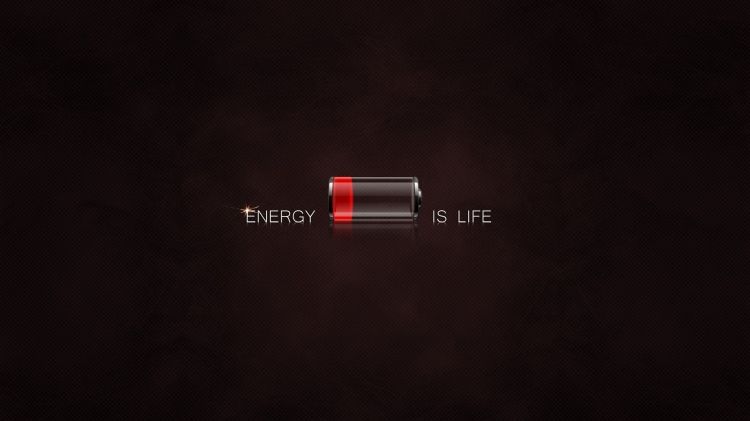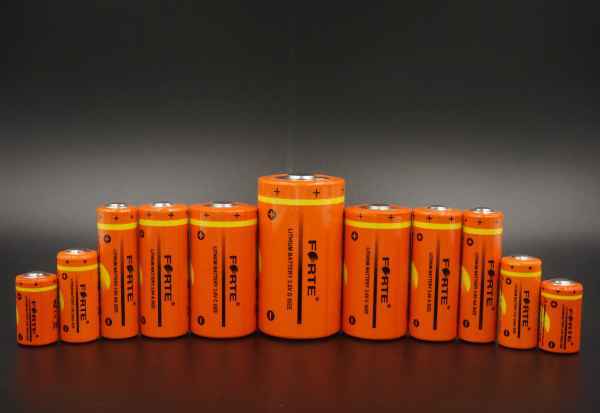Lithium-ion Batteries Used in Electric Cars
Dec 02, 2019 Pageview:1502
Are lithium batteries used in electric cars?
For some manufacturing companies, lithium batteries may be incorporated in the design of EV. However, lithium-ion batteries, an improved version of lithium cells, are more preferred for use in the production of these electric cars.
What metals are used in electric car batteries?
The requirement or demand for any type of metal by manufacturers of electric vehicles varies depending on the design and manufacturing methods used. For example, Tesla makes use of metals such as lithium, graphite, copper, nickel, aluminum, cobalt and titanium for their model vehicles. On the other hand, a company like Nissan utilizes specific quantities of manganese for the manufacture of its electric battery used in EV. Other manufacturing companies may also include “rare earth metals” in processes used to build their cells, especially when reinforcing the chassis at various critical points. The following are some of the multiple metals used in electric car batteries and whose demand is expected to increase with the increase in the adaptation of EV:
Lithium
Lithium is on high demand as it is a crucial component in modern batteries and especially those incorporated in electric vehicles. The high demand has also stirred up much excitement in the mining sector since being a significant material for a power source in a car battery, and extensive contents are required to maintain the needs for high energy densities.
A typical electric vehicle uses about 23 kg of lithium metal, while a standard hybrid makes use of about 13 kilograms of the same metal. Tesla seems to hold the record for the most lithium-based processes in its manufacture f EV with over 50 kilograms of lithium metal used in every car. Note that an increase in electric car penetration into the market by only 1% tends to increase the demand for lithium by 70,000 tonnes in a year.
Copper
The average gasoline-powered vehicles incorporate about 20 kg of copper into its manufacture, and a large amount of this figure goes to the wiring. On the other hand, a hybrid uses twice this amount (40 kg) while an electric vehicle uses around 80 kilograms of copper per car. With the production rates of electric vehicles and demand for the metal, this estimates the need for copper at an outstanding 11,000,000 tonnes for electric vehicles alone.
The entire market for copper-based on all kinds of applications has drawn an astonishing figure of about 36,000,000 tonnes of the metal per year, which signifies extreme demand levels and calls for the production of low-grade copper deposits.
Graphite
Graphite is an essential element in the design and manufacture of electric vehicle batteries. Tesla’s EV and especially the Model S incorporates about 55 kg of graphite per car, which receives its supply from China. As much as the demand might be high, the metal is adequately available an is even a waste mineral found in VMS base-metal deposits. It can alternatively be found in several other geological areas, thus confirming its abundancy in the market. The only limitation that the metal faces is the low levels of purity and the quality from these various sources.
The current preferred source from where graphite mining is highly encouraged due to high purity levels is from petroleum coke. This source is based on the extraction of synthesized graphite. There have, however, been positive indications of mining high quality and purity of hydrothermal graphite, which is expected to exceed those of synthesized graphite at a significantly lower cost of production. A significant factor also reduces the environmental footprint based on the extraction of hydrothermal graphite. EV alone has the potential of growing the graphite market by 93,000 tonnes every year with a directly proportional link of its production with the extraction of the metal.
Cobalt
Cobalt is another essential element used in the construction of current electric vehicle batteries. For example, the Model S by Tesla uses about 8 kg of cobalt for every cell manufactured. Most of the world’s supply for this metal originates from reserves in the Central African Copper Belt. However, these reserves have been declared limited and thus will soon be depleted in years or decades to come with the increase in electric cars.
As we all know, with the adaptation of EV, its demand will significantly increase over the years as we strive to replace line-powered cars. This increase in demand will lead to a higher need for cobalt, and unless new stable supplies are brought forward into production, we should expect substation.
Nickel
Tesla’s battery cathode is made up of 80% nickel, which is also incorporated into the design of EV batteries for other manufacturing companies but to a lesser extent. With a shift of only 10% of worldwide vehicles to the electric side would significantly expand the market for nickel by 20% to an astonishing figure of about 2,500,000 tonnes per year from 2,000,000 tonnes.
Aluminum
Aluminum is much lighter than iron and allows electric cars to extend their range significantly. It is also considered a global economic pillar with a broad range of uses that are preferred for the body of the vehicle. The high demand for EV is not expected to limit the sources of aluminum as the metal is not rare and readily available.
Other metals
Titanium is known for its super hard quality and is thus used in the undercarriage of EV, especially Tesla models, for protecting the battery pack from risks such as damages.
Manganese is also another metal that is used in some of the EV manufacturing companies, such as Nissan. However, as much as the metal isn’t rare, it hasn’t performed as expected, and thus, its application into the industry hasn’t majored.
Comparison of different battery types for electric cars
There are many kinds of battery technologies for electric vehicles to choose from, and one needs to compare these different designs. These different batteries each have an expected lifespan, and at some point, during your road trip in life, you’d have to replace the battery.
Calcium-calcium battery
The battery contains a calcium alloy on different charged plates. The calcium is meant to reduce the amount of fluid loss in the cells. However, the battery is easily damaged if overcharged.
Deep cycle
This battery tends to provide power for extended periods. They, however, require one to drive their cars for long distances to charge them.
Lithium-ion battery
They are expensive batteries but tend to offer higher energy densities than others while also being lighter.
Flooded battery
The price of this battery is meager, and this makes it one of the most popular ones. They are maintenance-free and sealed hence no need to replace gases. The fluid lasts for as long as the battery’s lifespan and thus no need to top it off.
- Prev Article: Charging lithium batteries for the first time
- Next Article: Lithium-ion Car Battery Pack Discussion
Leave Message
Hottest Categories
-
Hottest Industry News
-
Latest Industry News















